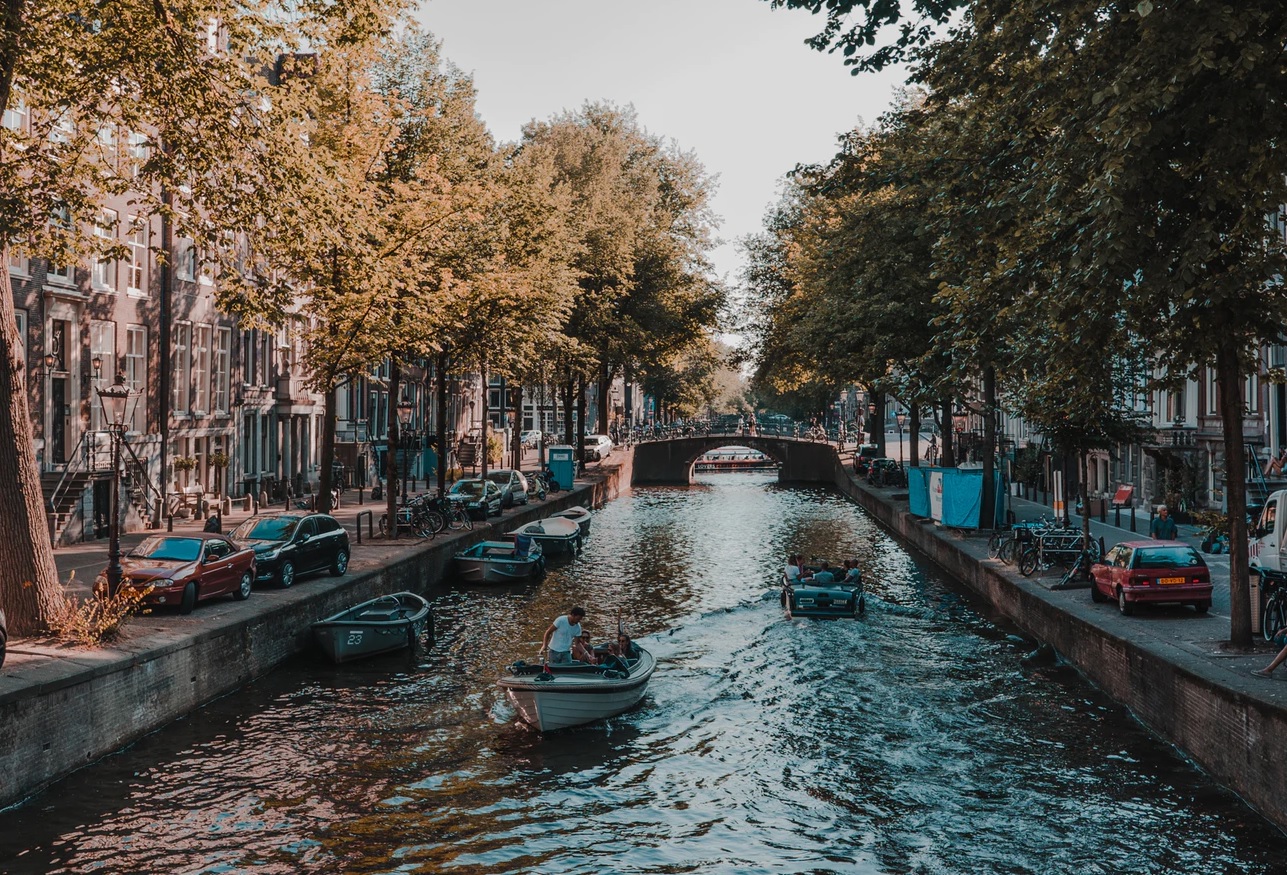Who built the Amsterdam canals?


Many people keep wondering and asking themselves from whom the Amsterdam canals were built. In case you are one of them, your question is sorted here. Just keep eyeing through the whole text and get your answer right here.
Amsterdam canal system is the fruitful product of the city plan. Back in the 17th century, when there was upsurge in immigration, the city of Amsterdam was becoming full and as a result of increase in population, the resident in the city of Amsterdam did not wait for more surprises but they quickly utilize the chance to formulate a plan mainly for the purpose of security and development.
The compressive plan formulated aimed at building four main canal with their ends resting in IJ Bay.
Among the four canals built through city government plan, three of the canal were built for residential development and the fourth canal was built for purpose of security. The canal built to include the following
1. The Herengracht canal for defence purposes
2. The Prinsegracht canal built to confer security
3. The Keizersgracht canal as well built for defence
4. And finally, the Singelgracht canal was built for the purpose of development and water management.
The formulated plan as well pictured the interconnecting canals along extents which included; a set of an equivalent canal in the Jordaan neighbourhood specifically for the transportation of goods.
The creation of these canals begins from the west going eastward following the formulated plan. Not until 1613 that the construction of the northwestern portion of the canal was begun, unfortunately, the erection process finalizes in 1625. Slowly by slowly, the eastern portion of the canal covering an area between Amstel river and the IJ Bay was finalized but the process was a bit faster compared to another sector of the canal. The entire process of construction ended in the year 1660.
The building of these canals did not only made the city grew 4x its original size, but it also gave it the most sophisticated and well-organized system of seaworthy waterways in the whole world. A network of joining canals as well brought commodities from all over the world to the entrance of every canal-side dealer.